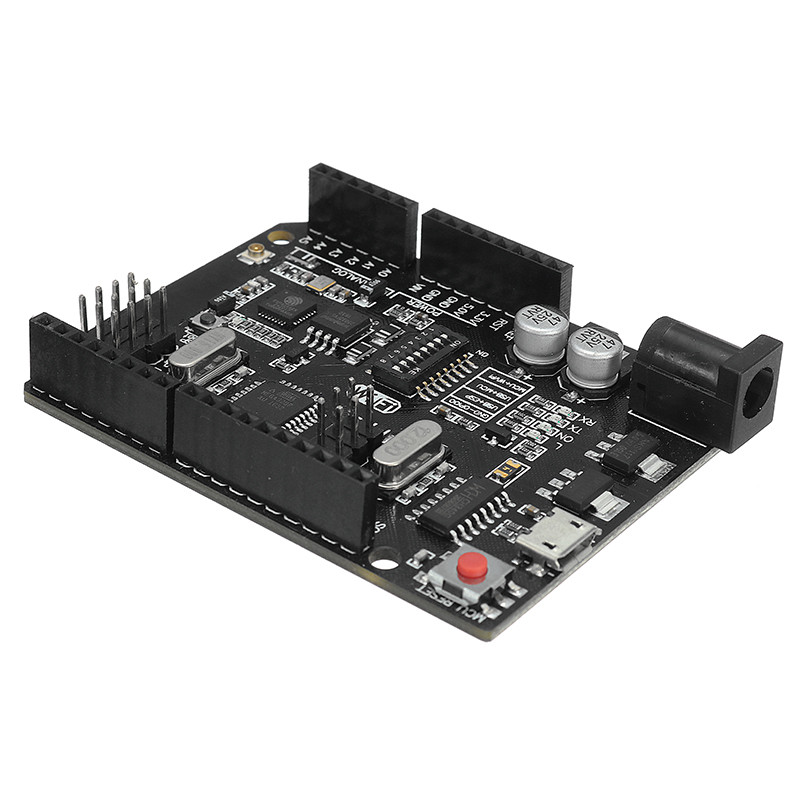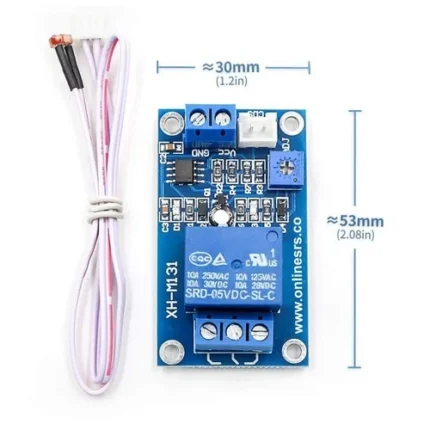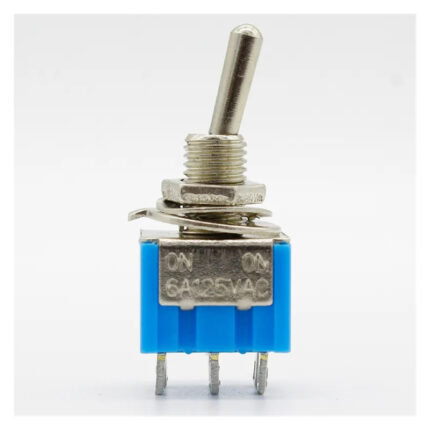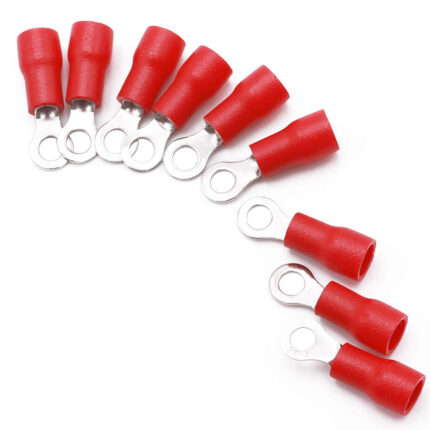Product description
UNO R3 WiFi ATmega328P ESP8266 32Mb, USB-TTL CH340G
The combination of two modules on one board: Uno R3 ATmega 328 and WiFi ESP8266 with 32Mb memory. The systems can communicate with each other or, if necessary, act separately, executing two independent programs.
The applied solution is convenient for the development of new projects requiring Uno and WiFi. The system can be programmed via the microUSB connector. For communication between the systems, the UART port (RX, Tx) is used, and for its configuration, a DIP-switch is used, possible connections: USB – ATmega328, USB – ESP8266 (communication), USB – ESP8266 (programming) ATmega328 – ESP8266, or no communication. The description of the switch setting is described in the table below.
UNO R3
CPU: ATmega328
Chip clock: 16MHz
System responsible for data transmission via USB: CH340 (drivers – link)
Voltage – system logic: 5V
MicroUSB connector (connector compatible with phone cables)
Supply voltage: 7-12V
I / O Ports: 14
Output ports in PWM mode: 6
Analog ports: 8 (A / D converter channels)
Max current on I / O pin: 40 mA
· Max current capacity, 5V pin: 800mA
Max current efficiency, 3.3V pin: 800 mA
FLASH memory: 32 KB of which 5kB used by the bootloader
SRAM memory: 2 KB
EEPROM memory: 1 KB
WiFi ESP8266
Microcontroller: ESP-8266 EX
Working voltage I / O: 3.3V
Digital I / O Pins
Serial interfaces: UART, SPI, I2C, 1-Wire
· External interrupts
Clock Speed: 80MHz / 160MHz
Flash: 32Mb
Circuit responsible for data transmission via USB: CH340
Built-in PCB antenna
· Additional IPX connector for external antenna
Compatible with the Arduino IDE
· Examples of software for the ARDUINO environment – link
System compatible with software: ARDUINO, WeMos, NodeMcu etc.
The ESP8266 module (ESP pins) works with 3.3V logic and only this voltage can be given to the system ports. If you want to use the module with circuits with a different logic, e.g. 5V, logic voltage converters should be used.
























المراجعات
لا توجد مراجعات بعد.